eTwinning Project "How do I look forward to Christmas"
Start date: 18.10.2021
Project Status: Completed
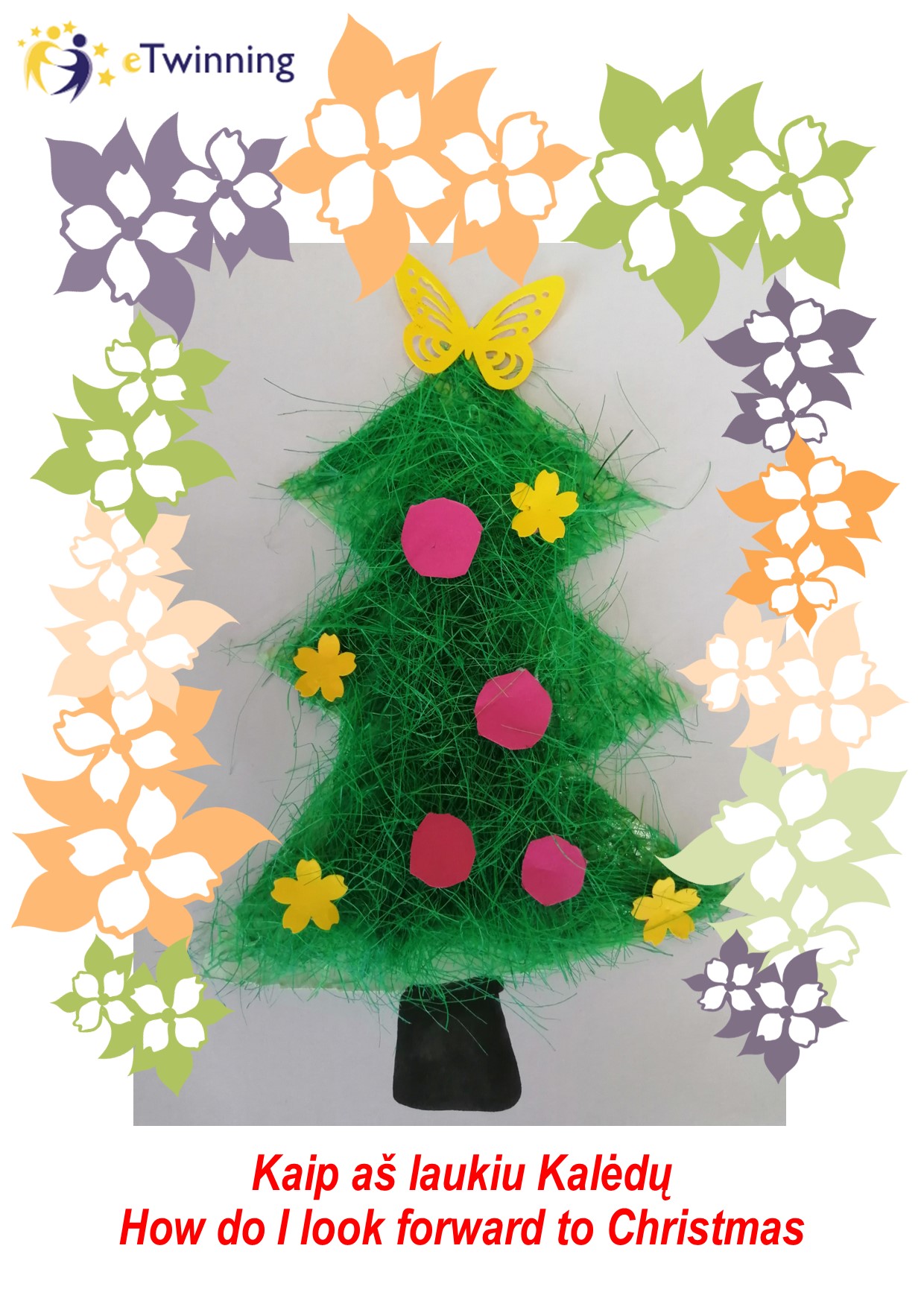
The project is aimed at teachers tutoring children and students of preschool and primary school age. Considering the causes and consequences of climate change, the project promotes the reduction of excessive consumption in preparation for Christmas and aims to increase knowledge about nature conservation.
Students, in cooperation with teachers, school leaders and parents, implement STEAM activities, use recycled and natural raw materials, innovative technologies, laptops, tablets, interactive displays, digital whiteboards, robots.
The focus of the project activities is on knowledge, creative thinking, the use of different forms and methods of learning and innovative technologies.
The main objectives of the project are: to make the direct and indirect participants in it realize that they have an essential role in reducing excessive consumption; formation of environmental knowledge, skills and competences for environmental protection and practices for sustainable living among students, teachers, parents and the wider community.
eTwinning project "How do I look forward to Christmas" was implemented in educational institutions in Lithuania, Georgia, Bulgaria and Greece. Awarded five national eTwinning Quality Label. Stimulates pedagogical innovation, creativity and promotes environmental awareness and development of practices for sustainable living and a greener future among students, teachers and the wider community.
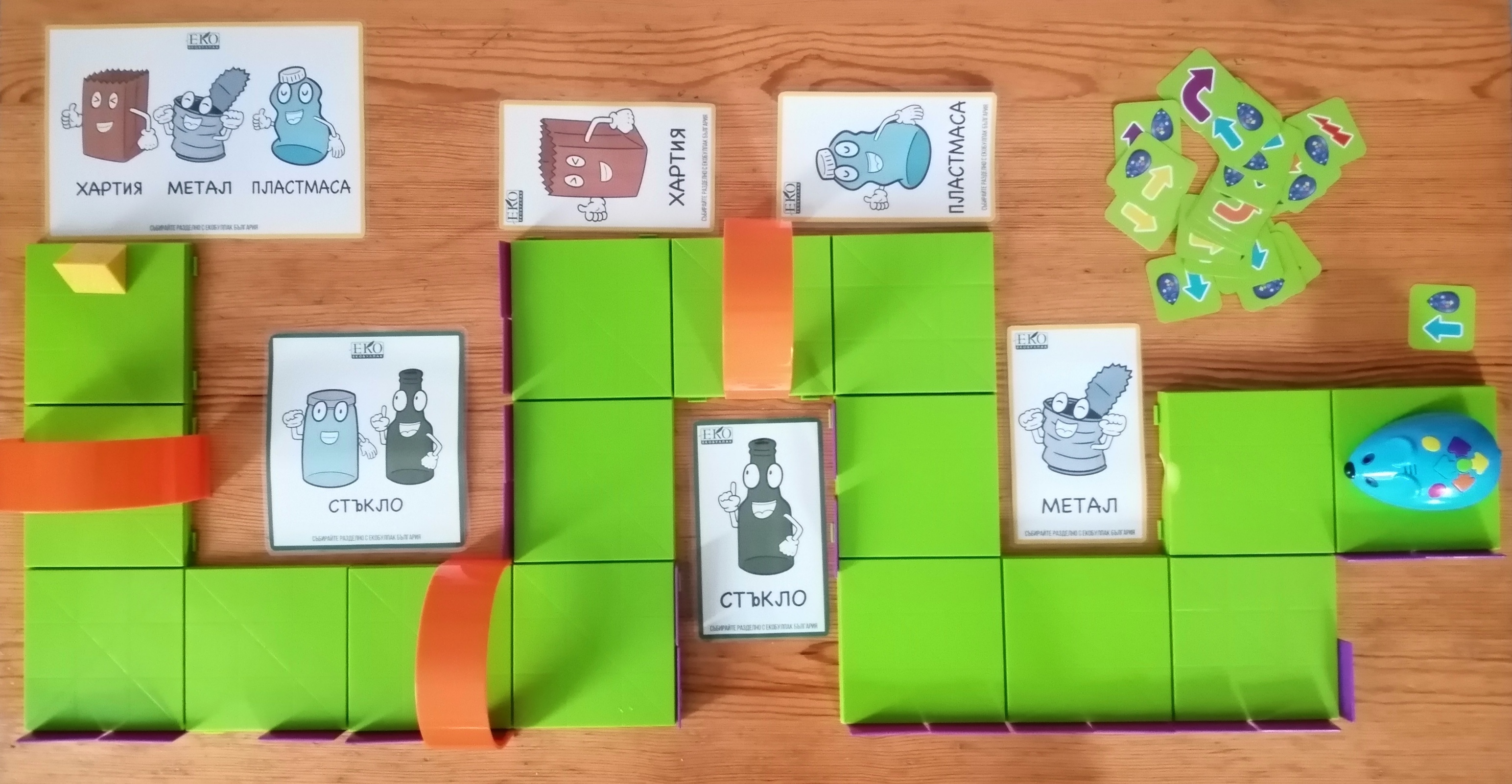

Activities / Aims:
1. Fairy tales and educational videos about nature conservation: formation of knowledge related to environmental protection, promotion of environmental awareness, saving resources. Enriching knowledge of the world and the surrounding reality. Development of visual and auditory perception. Improved ability to participate in dialogue by forming the ability to answer questions on a given topic.
2. Talk and presentations on the topic "Save The Planet": forming knowledge for environmental protection, improved visual perception. Formation of emotional - evaluative skill of one's own behavior in a particular situation.
3. Activities with programabble toys and robots. STEAM engineering: creating motivation for inclusion in the educational process, developing practices for sustainable living and a greener future. Development of spatial orientation. Improved color gnosis and gnosis for size and shape. Improvement of cognitive processes and executive functions.
4. Activities with natural and recycled materials: еncouraging students to reuse waste materials to create works of art. Making objects and things from unnecessary materials and their reuse in everyday life. Development of imagination, fine motor skills, orientation in the space, combining colors and shapes, enriching the ideas and perceptions of the student. Using art therapy techniques to stimulate sensory perceptions.
5. Use and development of worksheets related to the objectives of the project:
Examples:
5.1. Making worksheets with Christmas motifs. An application of tasks to color in certain colors in the presence of a certain number, which aim to improve the perceptions of numbers and colors and to achieve a final result related to obtaining a Christmas picture with a familiar character, which the children have to describe with the help of questions asked by the teachers.
5.2. Making snowman cards. The children's task is to determine the number of buttons on the snowman and find the number of the number that corresponds to the amount.
5.3. Worksheet task: "Christmas lights", which aims to determine the correct sequence of colors. Development of visual attention and the ability to arrange colors in a certain sequence.
5.4. Making masks of fairy-tale characters: development of fine motor skills, the skill of contour cutting.
5.5. Penguin worksheets:
5.5.1. In the first sheet, students aim to form skills of adding numbers with an illustration. They have to determine the number of penguins, write the numbers that correspond to them and perform an addition action. Development of quantitative ideas, formation of skills of addition and equalities.
5.5.2. The second penguin worksheet aims to develop the child's emotional-evaluative capacity. Images of penguins showing different emotions are placed in front of the students. The childrens recognize the emotion, express it and draw emoticons with the corresponding emotion.
6. Songs and dances: understanding and performing songs and engaging in dance activities. Improving auditory perception, enriching speech production, forming a love for the arts, improving motor skills.
7. Experiments with snow: a favorite activity of children. In some cases, due to the lack of snow, finely shredded waste paper can be used, which must be recycled after use. Cutting or tearing paper in itself is a great way to moderate hyperactive behavior or bouts of aggression or emotional outbursts. After tearing or cutting the paper, the child must make a figure based on a given theme.
8. Coloring and assembling puzzles: giving out templates of Christmas cards for coloring, which after completion are cut into pieces to get a puzzle. Develops fine motor skills, color perception, thinking, spatial orientation.
9. Interactive games: creating/arranging Christmas online puzzles, including with children with special educational needs, working with the interactive board and tablets. Develops technical skills, fine motor skills, spatial orientation and cognitive processes.
10. Christmas greetings: students participate in creating Christmas greetings in English in short videos. Practicing English knowledge and improving pronunciation and presentation skills.
11. Activities to promote the safe use of the Internet: talks and short presentations on the topic "Safer Internet". Formation of skills for knowing the dangers in the Internet space, development of speech skills and improvement of the ability to conduct a dialogue. Development of abstract thinking and formation of valuable knowledge about the surrounding reality.
12. Sharing of good practices.
Results and value added
Contributed to the development of analytical and emotional-logical thinking, acquisition of knowledge, skills and competencies for safe work with web platforms, applications and sites. Successfully integrated and developed the competence of students with special educational needs within the kinder gardens, schools, local communities and beyond the boundaries of the countries. The project activities were integrated with the curriculums of the academic subjects.
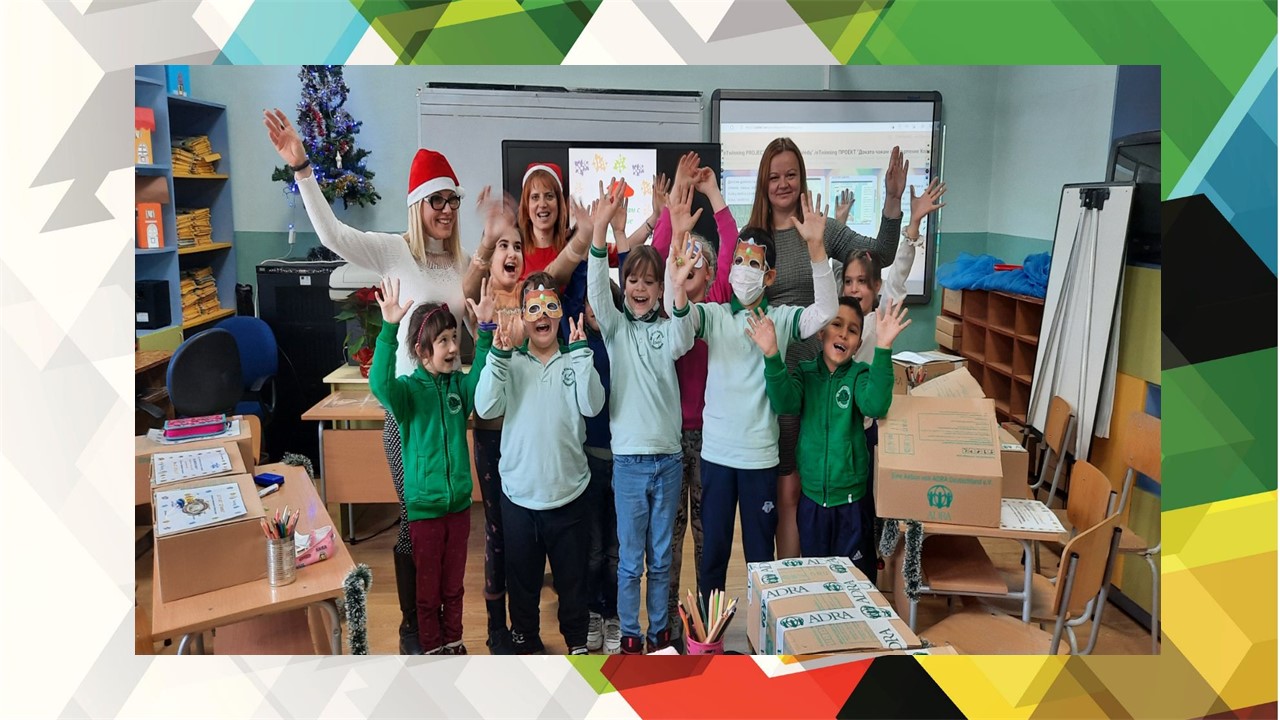
School partners actively collaborated and each participant contributed to the implementation: they used educational videos on nature conservation, biodiversity, separate collection and recycling of waste were; they collected natural materials and created presentations, online puzzles, video christmas greetings,
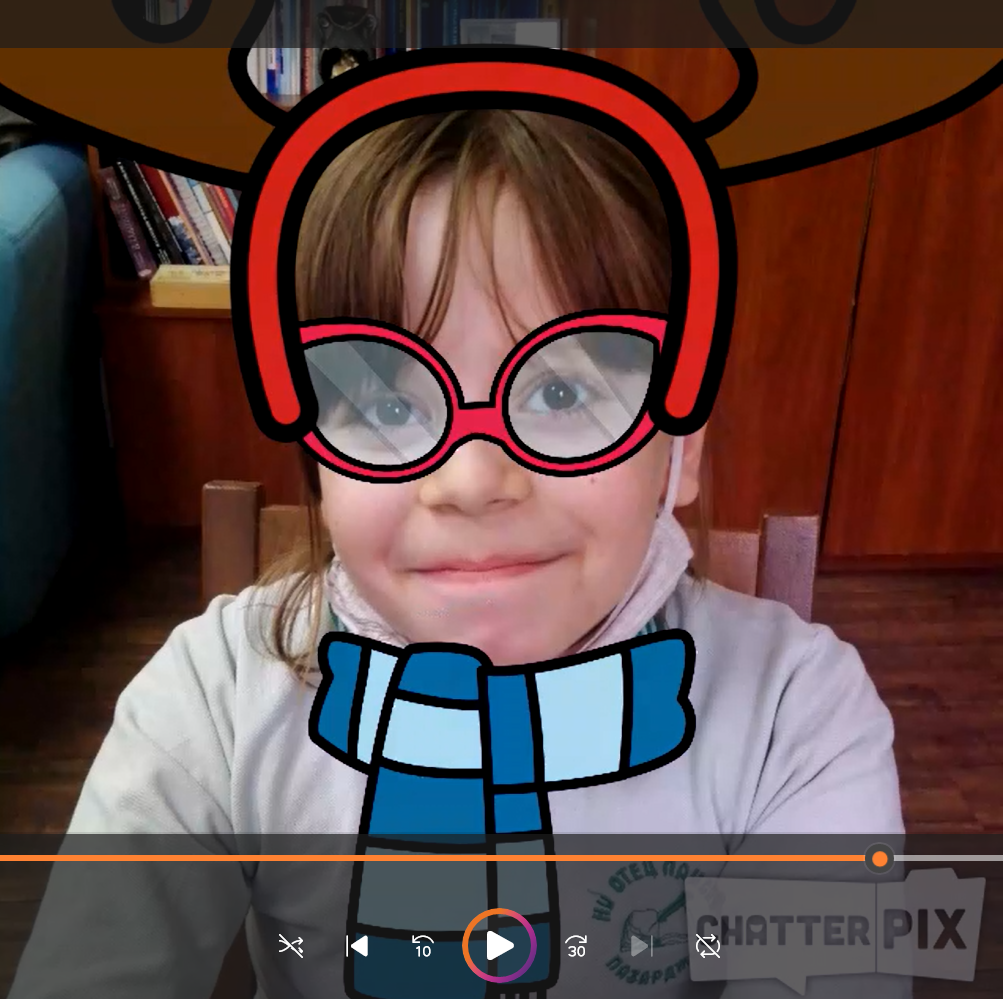
e-book, creative works from recycled materials and used in training interactive games with educational robots;
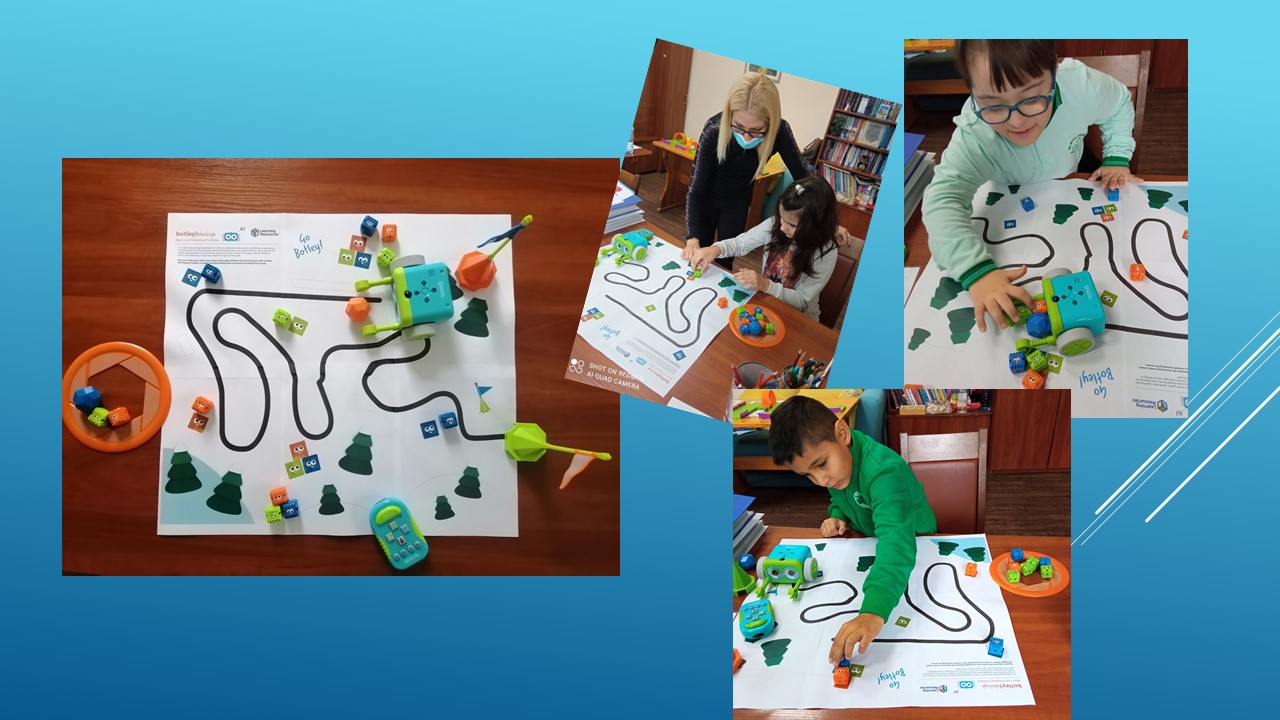
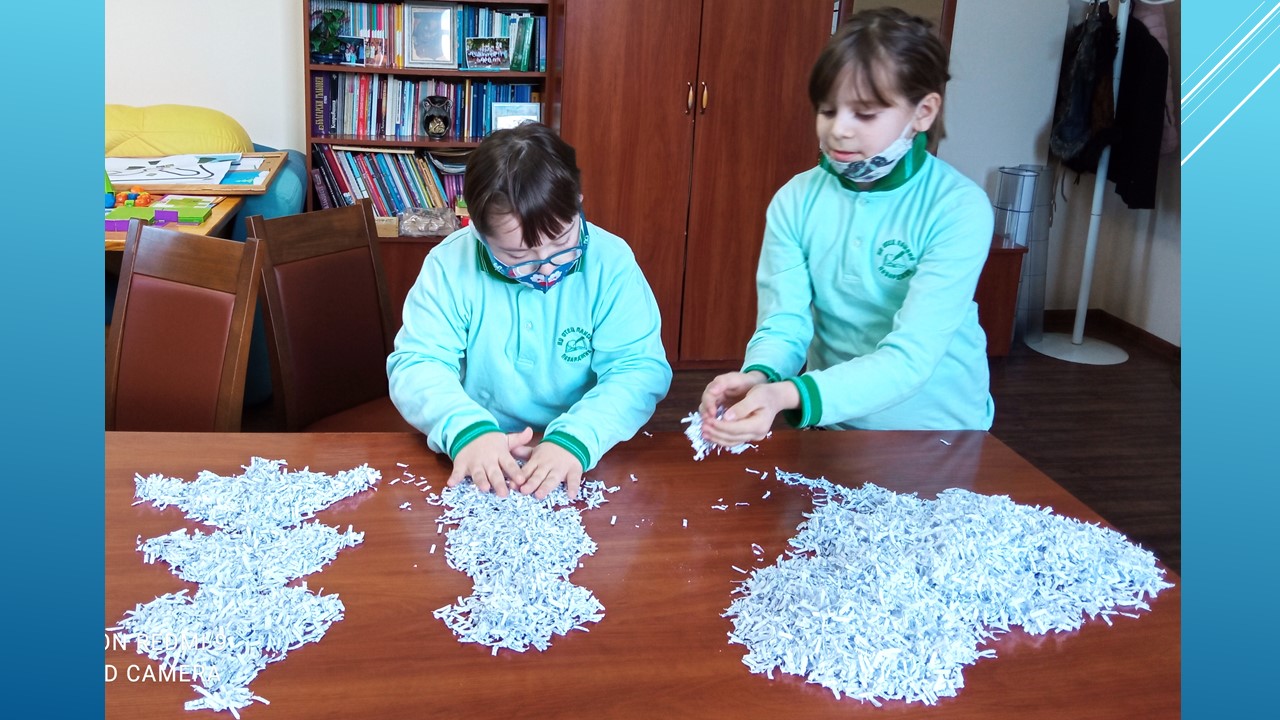
They presented winter folk poems, songs, games, fairy tales:
https://padlet.com/48augute/9h1c0xwml2huhoj9
They held online meetings;
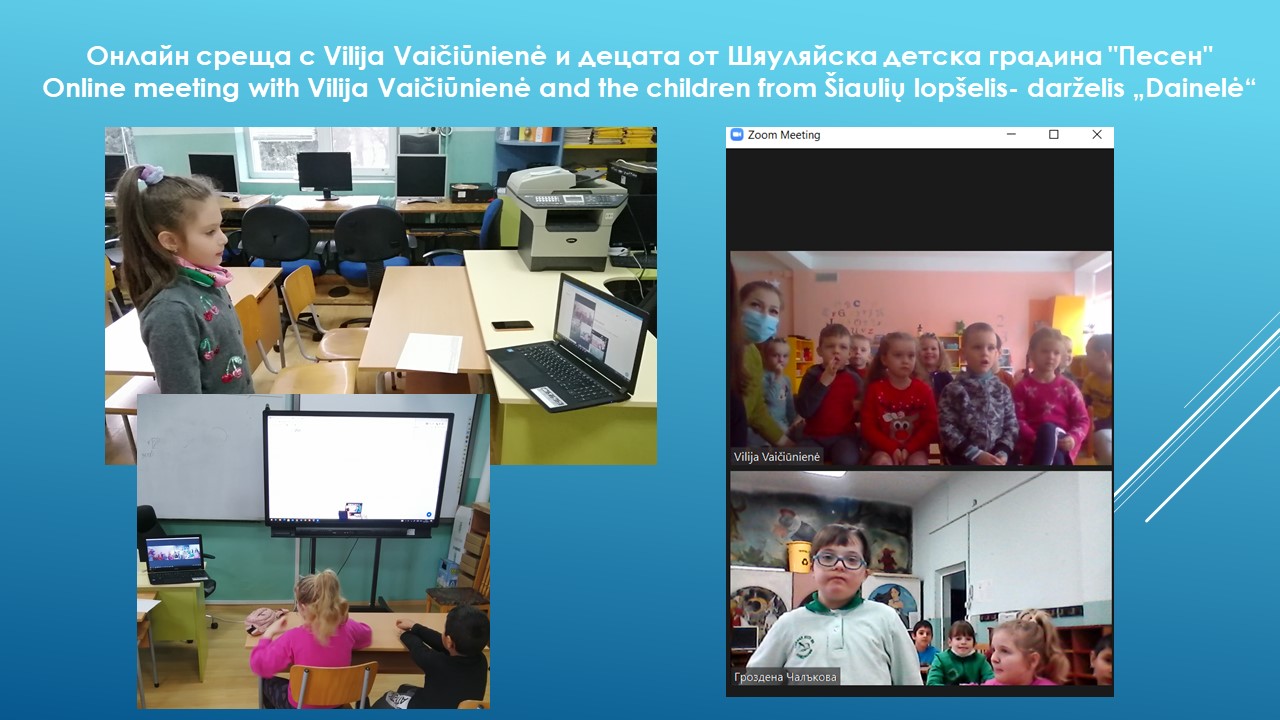

They communicated through a common Facebook group;
The project raised the awareness of the direct participants and their educational communities, as well as the local publics, municipal governments, and professional groups. The project was presented to the municipals administrations, teachers from different educational fields and ages at a Regional conference of the Center for inclusive training - Pazardzhik "15 years of inclusive education in Pazardzhik region", 09-10.05.2022, Velingrad, Bulgaria. The report of the participants was included in a published printed edition of good practieces.
Sharing good practices lessons were held, presented to school leaders, representatives of Regional Directorates of Education, muncipalities, teachers from different types and levels of education.

School leaders used the project activities for successful integration of students with special needs in the learning activity and their involvement in international project activity. The development of green skills and competences as well as behavior change were advocated in all project activities both in the implementation phase and in its distribution.
https://padlet.com/grozdena/twinning-project-kaip-a-laukiu-kal-d-twinni…
https://twinspace.etwinning.net/files/collabspace/6/06/506/204506/files/bc71af6cc.pdf
https://padlet.com/48augute/9h1c0xwml2huhoj9
The implementation of the project provided long-term support for the building of a common understanding of sustainability and the acquisition of multiple competencies by the participants: valuing sustainability, supporting equity, promoting nature, systems thinking, critical thinking, problem formulation, future literacy, adaptability, research thinking and collective action that we will continue to build upon and refine in our current and future actions.

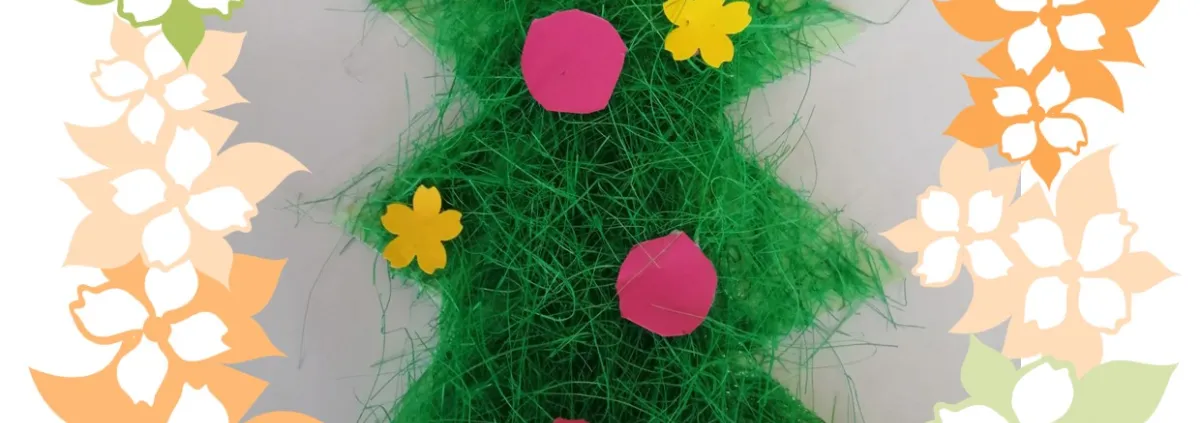





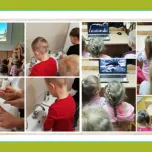





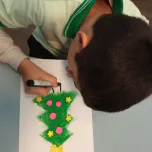


By clicking show content, you agree to load the embedded content from "YouTube" and therefore its privacy policy.